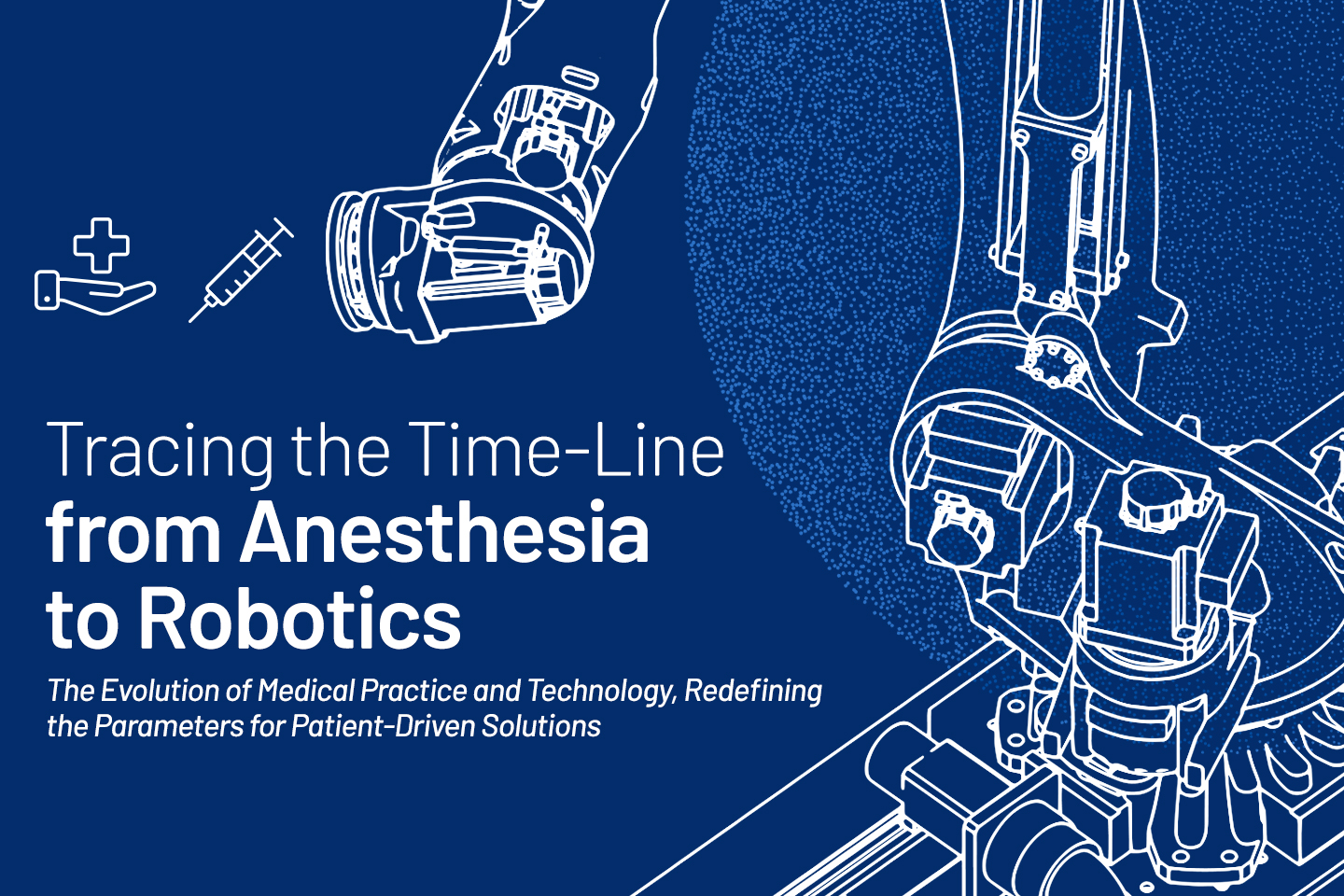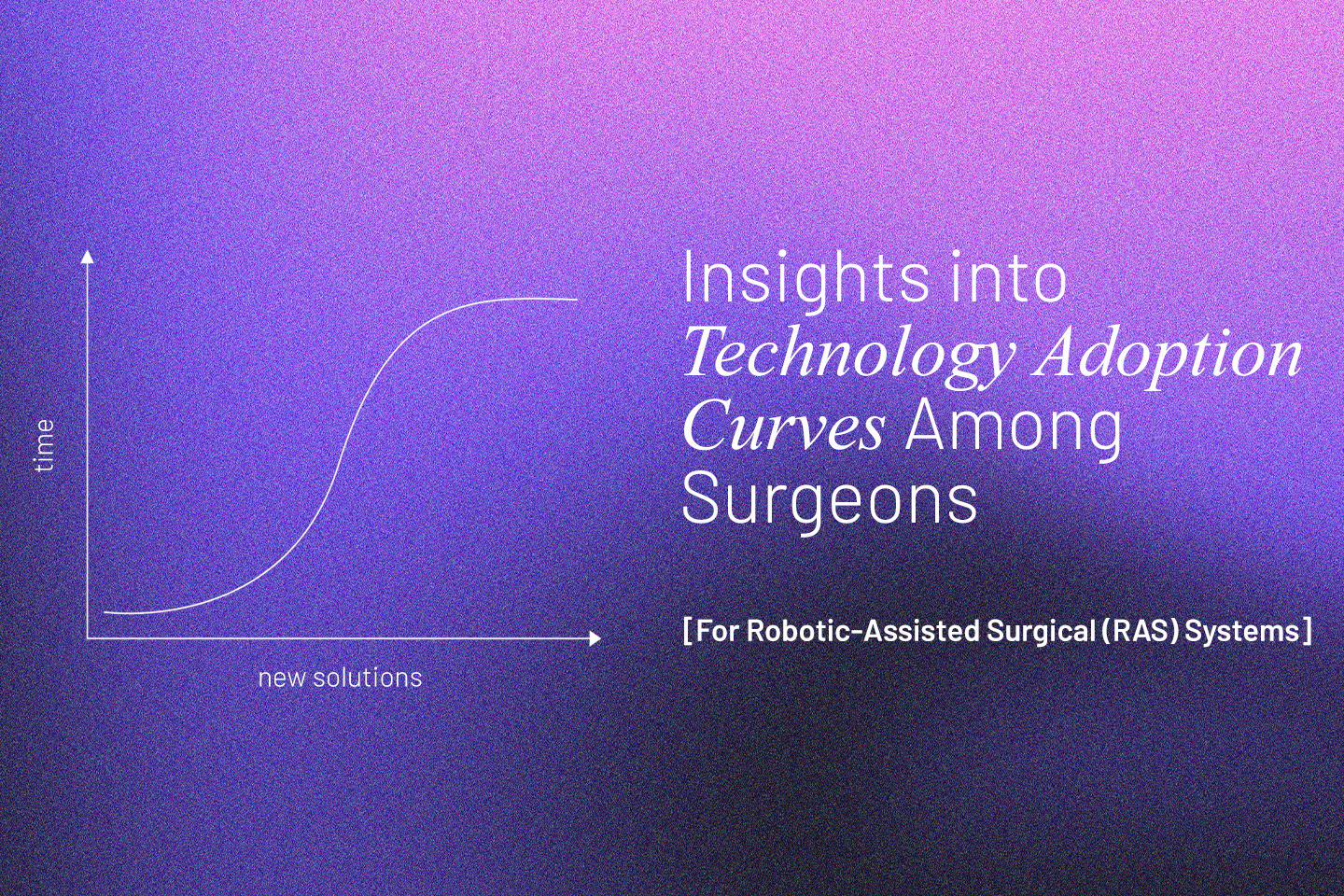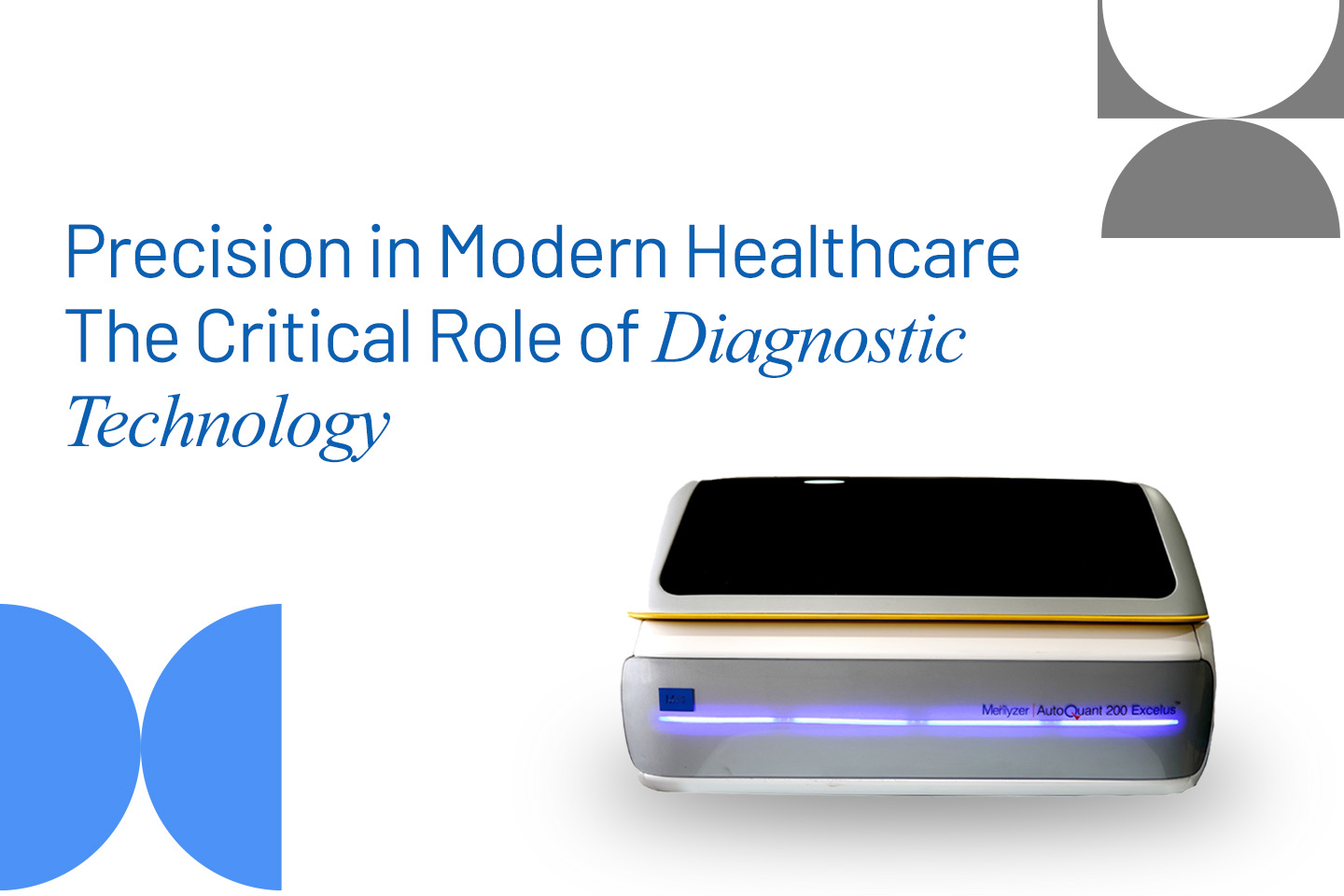Medical Devices
From Anesthesia to Robotics: How Medical Technology Has Evolved to Serve Patient needs

Modern medical technology has transformed clinical interventions, making them safe with better patient outcome. Innovations like laparoscopy have revolutionized surgical procedures by allowing surgeons to perform even complex surgeries with precision, reducing tissue loss and recovery time. However, medical interventions in the past were not always seamless or patient-oriented. Invasive surgeries were once considered a last-ditch effort, often conducted under extremely weak forms of anesthesia, like those induced by alcohol. It is estimated that in the eighteenth century, half of all surgical operations resulted in the patient’s death1.
The industrial revolution: Catalyst for change
The scope of medical interventions was limited before the industrial revolution. Successful surgical interventions before this period were largely limited to treating broken bones and localized infections, while surgeries involving major organs were nearly impossible.
The industrial revolution ushered in greater connectivity and the exchange of medical knowledge in Europe. Medical education became more structured, leading to a boom in the number of trained surgeons. The establishment of institutes like the Royal College of Surgeons of England helped improve public perceptions around surgery, although success rates remained dismal.
The rise of surgical anesthesia and antisepsis
The demand for medical interventions peaked during the industrial revolution. Workers toiled in unsafe conditions in factories and railway construction sites, resulting in a marked increase in potentially life-threatening injuries and illnesses. However, before the advent of powerful anesthetics, the pain associated with invasive operations dissuaded workers from opting for surgery. Surgeons faced a daunting challenge in reducing occupational fatalities during the industrial revolution due to the absence of effective surgical anesthesia.
In the middle of the nineteenth century, ether- the first medical anesthetic, became popular among surgeons in the West1. Administration of ether eliminated pain during surgery and allowed surgeons sufficient time to complete complex surgeries. In the absence of time constraints, surgeons began attempting thoracic, eye, and even cardiac surgery1. Despite these advancements, the prevalence of postoperative infections persisted, posing a challenge to surgical success.
Louis Pasteur’s discovery that infections were caused by germs heralded a period of rapid advancements in surgical procedures. Wider recognition of the germ theory encouraged surgeons to develop the aseptic technique, which involved the sterilization of the operation environment, instruments, and the surgeon’s hands. The rise of aseptic surgery markedly reduced post-surgery complications.
World War II, surgical sutures, and implants
Until the invention of surgical sutures, surgeons relied on cautery to control bleeding in patients. However, cautery using hot oils often caused widespread damage to healthy tissue around wounds. The post-World War II era witnessed rapid development in surgical suturing technology. Sutures in the 1800s were largely made of metal, which made them hard to work with. In the early part of the twentieth century, natural suture materials like catgut (derived from animal intestines) and collagen (derived from beef tendons) became popular. The Second World War stimulated the invention of several types of synthetic and natural suture materials. In the 1960s, over 40 different types of absorbable suture materials were developed2.
The Second World War also spurred innovation in dental and orthopedic implants. Implants used in the early part of the twentieth century were made of a wide range of materials and were prone to wear. In the 1960s and 1970s, surgeons started experimenting with materials such as Teflon for total hip replacements, marking a pivotal era of innovation in the field. Subsequently, however, polyethylene bested Teflon as the chosen material for hip implants3.
Laparoscopy and robotic surgery
Laparoscopy, originally a diagnostic tool, evolved into a surgical technique in the 1980s, offering benefits such as reduced postoperative pain, quicker recovery, and shorter hospital stays. Consequently, there has been a significant increase in patient demand for laparoscopy and a decline in the demand for traditional manual surgery. Despite requiring extra training, laparoscopy's clinical advantages prompted widespread adoption among surgeons4.
Traditional laparoscopy allowed complex surgery through small incisions, but hand tremors and limited maneuverability were challenges until robot-assisted surgery emerged. The first generation of robotic surgical systems operated as "master-slave" devices, featuring robotic arms and a console that replicated the clinician's hand movements within the patient's body5.
“Intern replacement” surgical robots could provide surgical assistance by performing critical tasks with precision. For example, the Automated Endoscopic System for Optimal Positioning (AESOP) responds to the surgeons’ oral commands and positions the scope optimally, allowing the surgeon to attend to more critical tasks during surgery6. These systems offer a greater level of automation compared to master-slave devices.
“Precise path systems” perform pre-programmed movements without guidance from surgeons and are highly automated devices5. Precise path systems, like the Surgeon Robot for Prostatectomies, can make precise cuts to remove the ideal amount of tissue during surgery. Precision Path systems substantially enhance surgical safety, reducing mortality and improving the recovery process.
The role of accessibility in modern medicine
Despite remarkable advancements, access to advanced medical technology remains limited in many parts of the world. In today’s global landscape, developing countries that lack adequate medical infrastructure, stand to benefit immensely from cost-effective medical technology.
Meril, an India-based medical device company, is pioneering efforts to enhance the access to advanced medical technology through its suite of medical devices and surgical tools. With a dedicated team of R&D staff, Meril produces a range of cutting-edge devices to elevate patient care.
Within Meril's vascular intervention division, emphasis is placed on cardiovascular innovation, with the development of cutting-edge devices such as drug-eluting stents, bioresorbable scaffolds and transcatheter aortic valve replacement systems. Similarly, in the field of cardiac surgery, Meril offers a comprehensive portfolio of products like intra-aortic balloon catheter kits. Meril's Orthopedic Implants division focuses on delivering transformative solutions that restore mobility and enhance quality of life. With a diverse array of orthopedic implants, including knee & hip replacement & technologically advanced Joint replacement robotic system CUVIS. Meril ensures that each product is meticulously designed to meet the unique requirements of patients. Further, Meril's in-vitro diagnostic solutions are designed to meet the evolving demands of modern healthcare, delivering value and reliability across the globe. From advanced diagnostic tools to minimally invasive treatment options, Meril's ENT devices aim to improve patient outcomes and enhance quality of life. Additionally, in the field of endo surgery division, Meril offers a range of products from absorbable sutures to tissue sealants and mechanical closure devices, all tailored to enhance surgical precision and patient recovery.
With greater potential for widespread adoption in India and similar countries, Meril’s medical solutions may help extend life-saving medical care, including surgical care, to more patients worldwide.
References
- View of the industrial revolution and the advent of modern surgery. (n.d.). https://ojs.stanford.edu/ojs/index.php/intersect/article/view/819/797
- Muffly, T. M., Tizzano, A. P., & Walters, M. D. (2011). The history and evolution of sutures in pelvic surgery. Journal of the Royal Society of Medicine, 104(3), 107–112. https://doi.org/10.1258/jrsm.2010.100243
- Orthopaedic implant technology: biomaterials from past to future. (2011, May 1). PubMed. https://pubmed.ncbi.nlm.nih.gov/21678015/
- Wilson, E. B. (2009). The evolution of robotic general surgery. Scandinavian Journal of Surgery, 98(2), 125–129. https://doi.org/10.1177/145749690909800208
- Otero, J., Paparel, P., Dash, A., Touijer, K., & Guillonneau, B. (2007). Antecedentes, desarrollo y situación actual de la robótica en cirugía. Archivos EspañOles De UrologíA, 60(4). https://www.researchgate.net/publication/6210724_History_evolution_and_application_of_robotic_surgery_in_urology
- Nathan, C. O., Chakradeo, V. K., Malhotra, K., DʼAgostino, H., & Patwardhan, R. V. (2006). The Voice-Controlled Robotic Assist Scope Holder AESOP for the endoscopic approach to the SELLA. Skull Base Surgery, 16(03), 123–131. https://doi.org/10.1055/s-2006-939679





